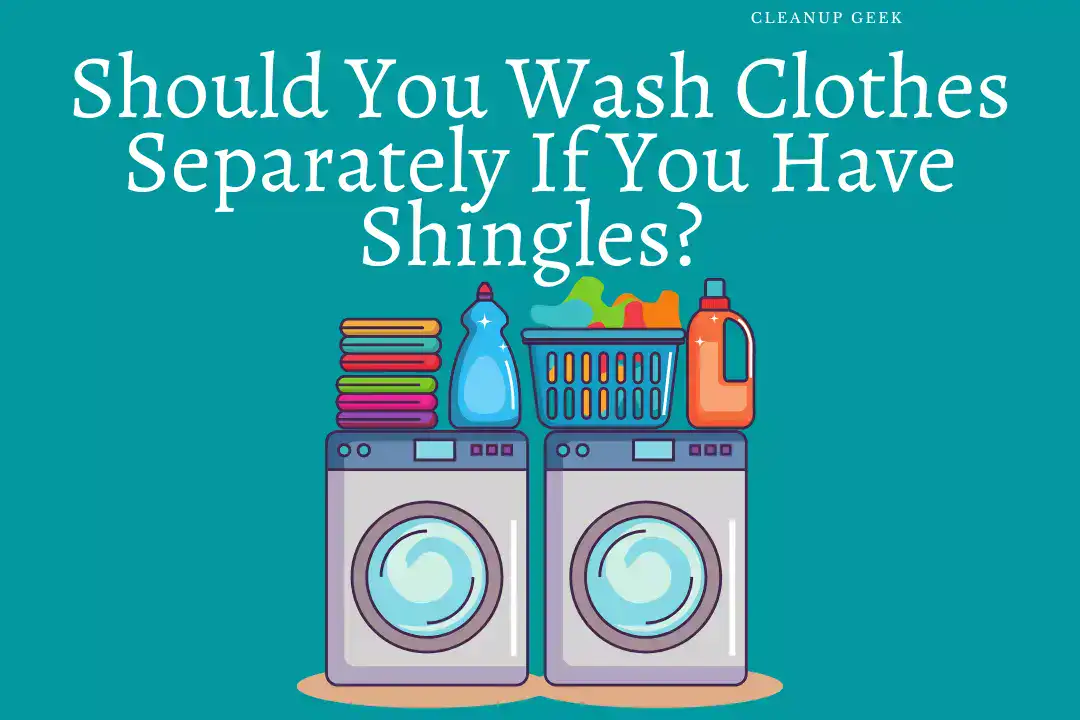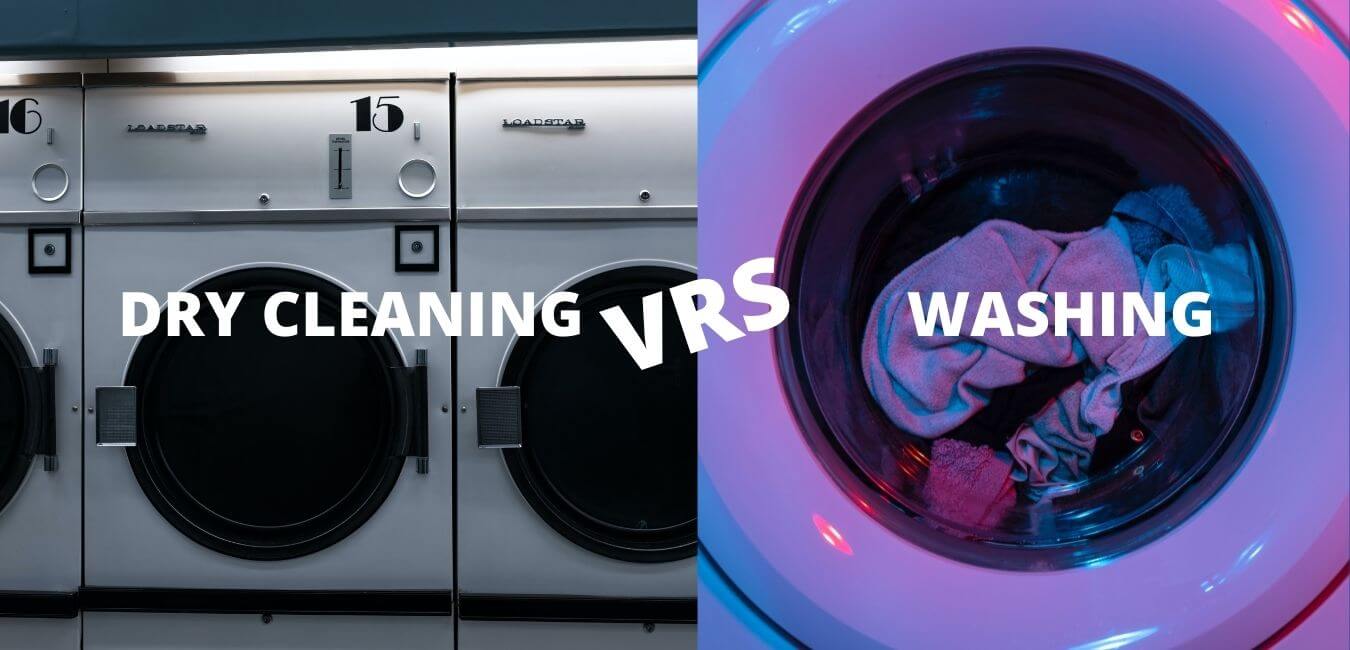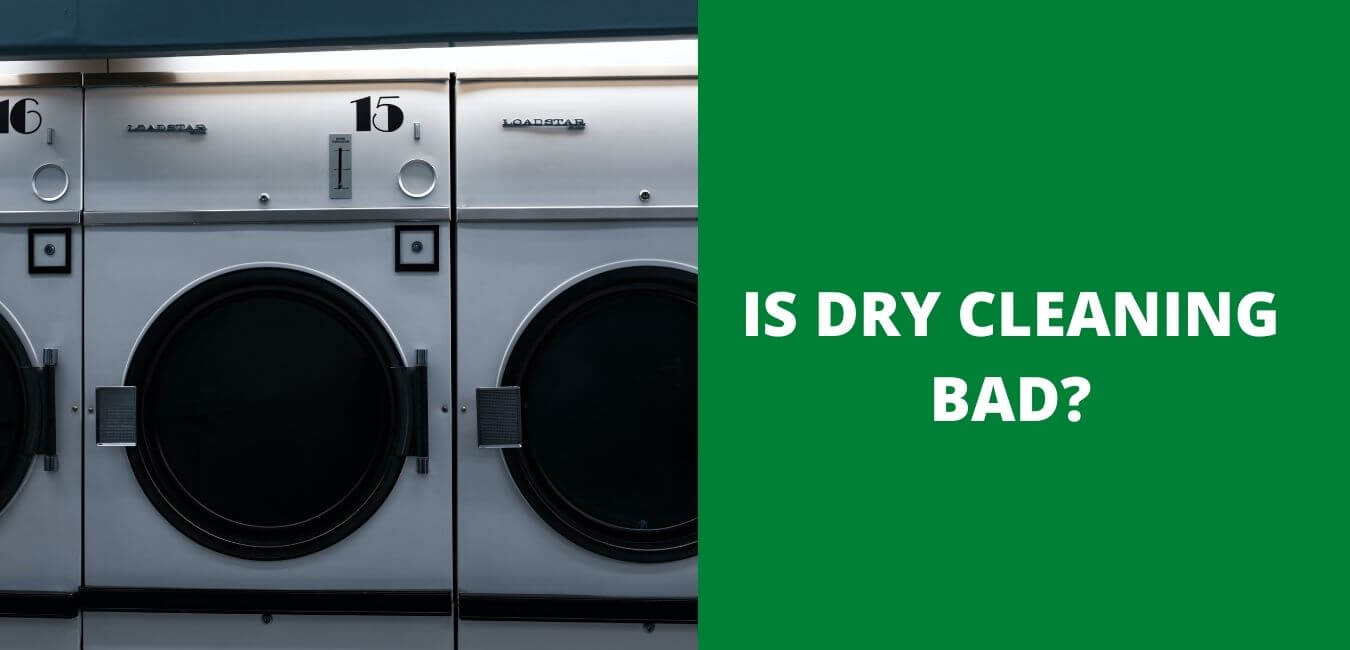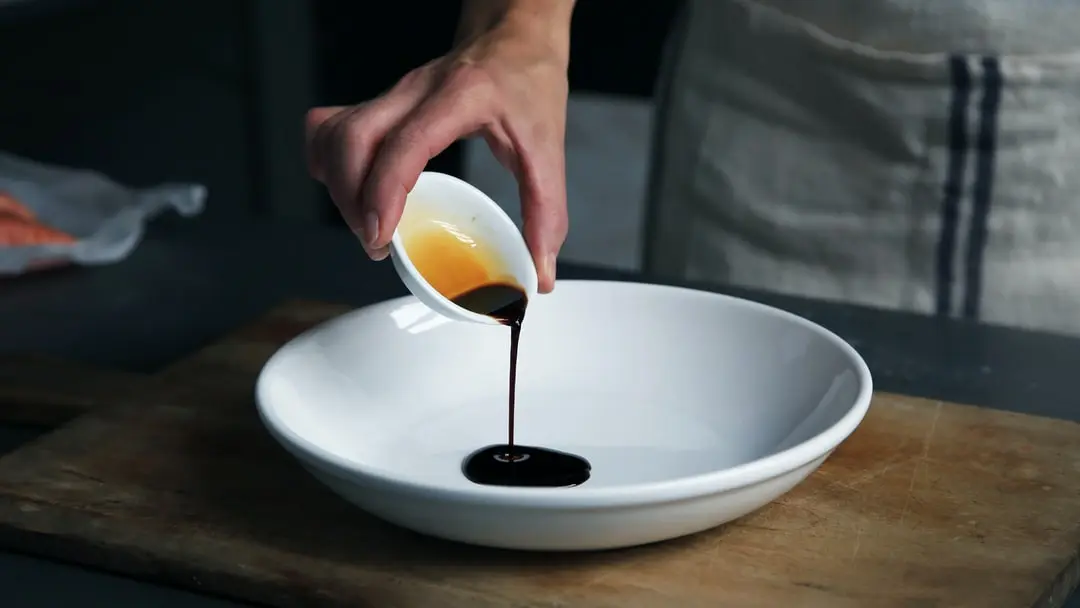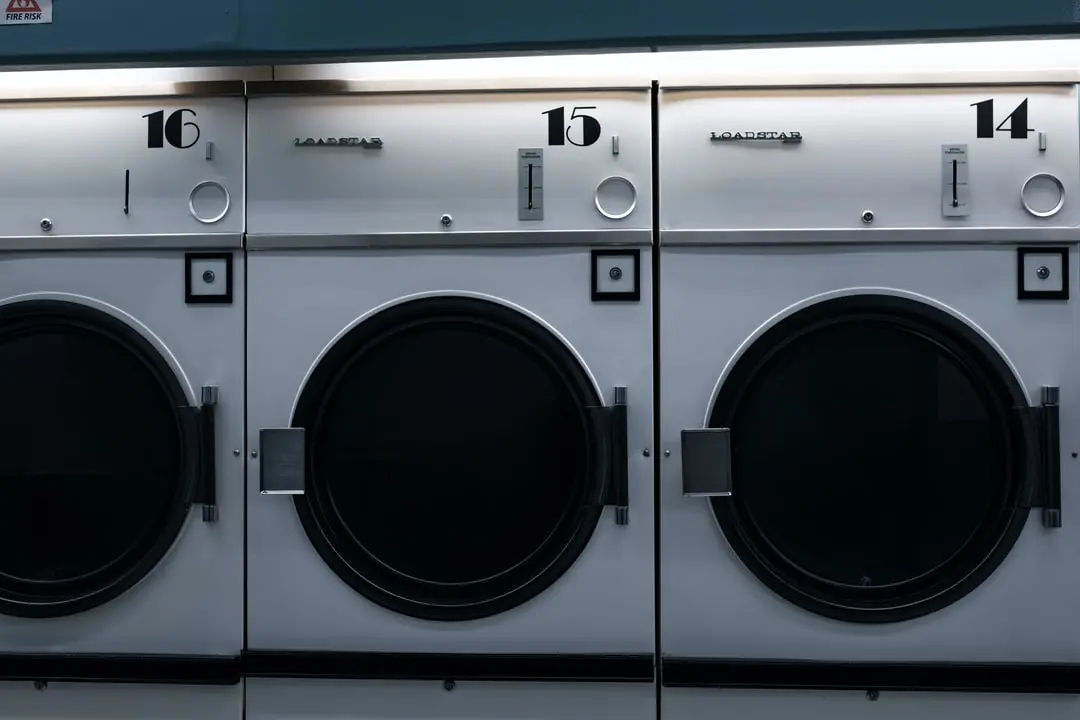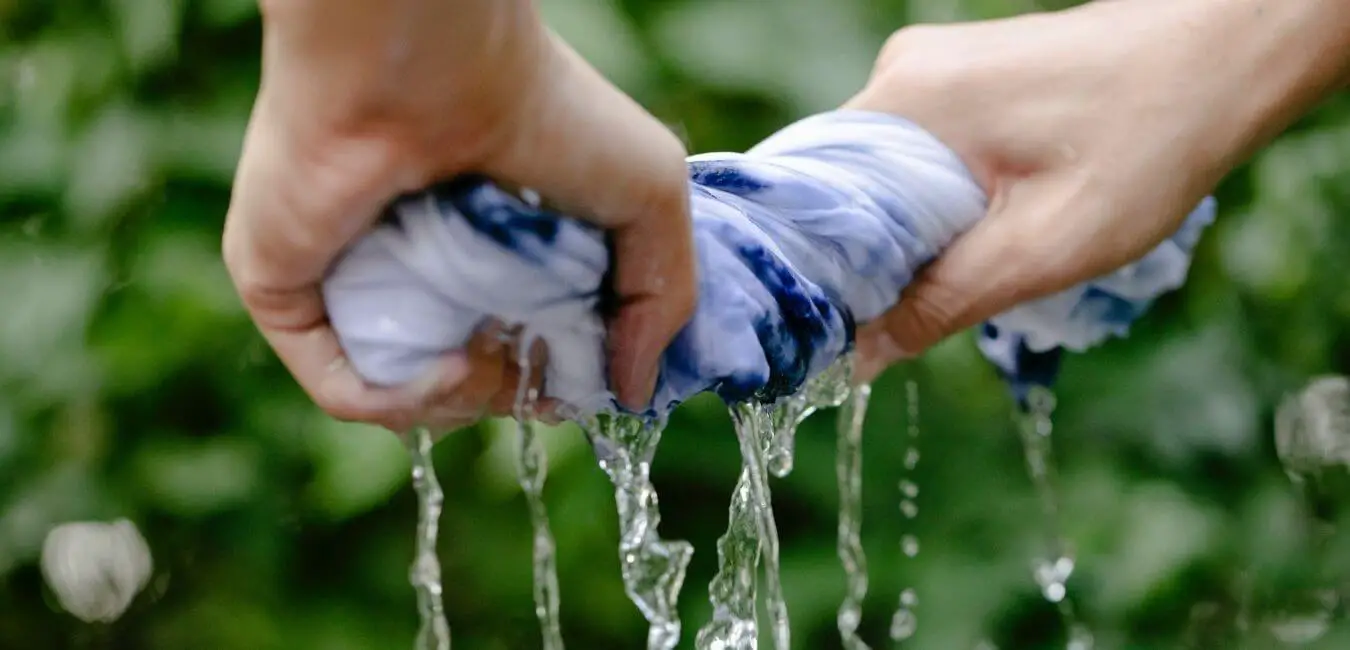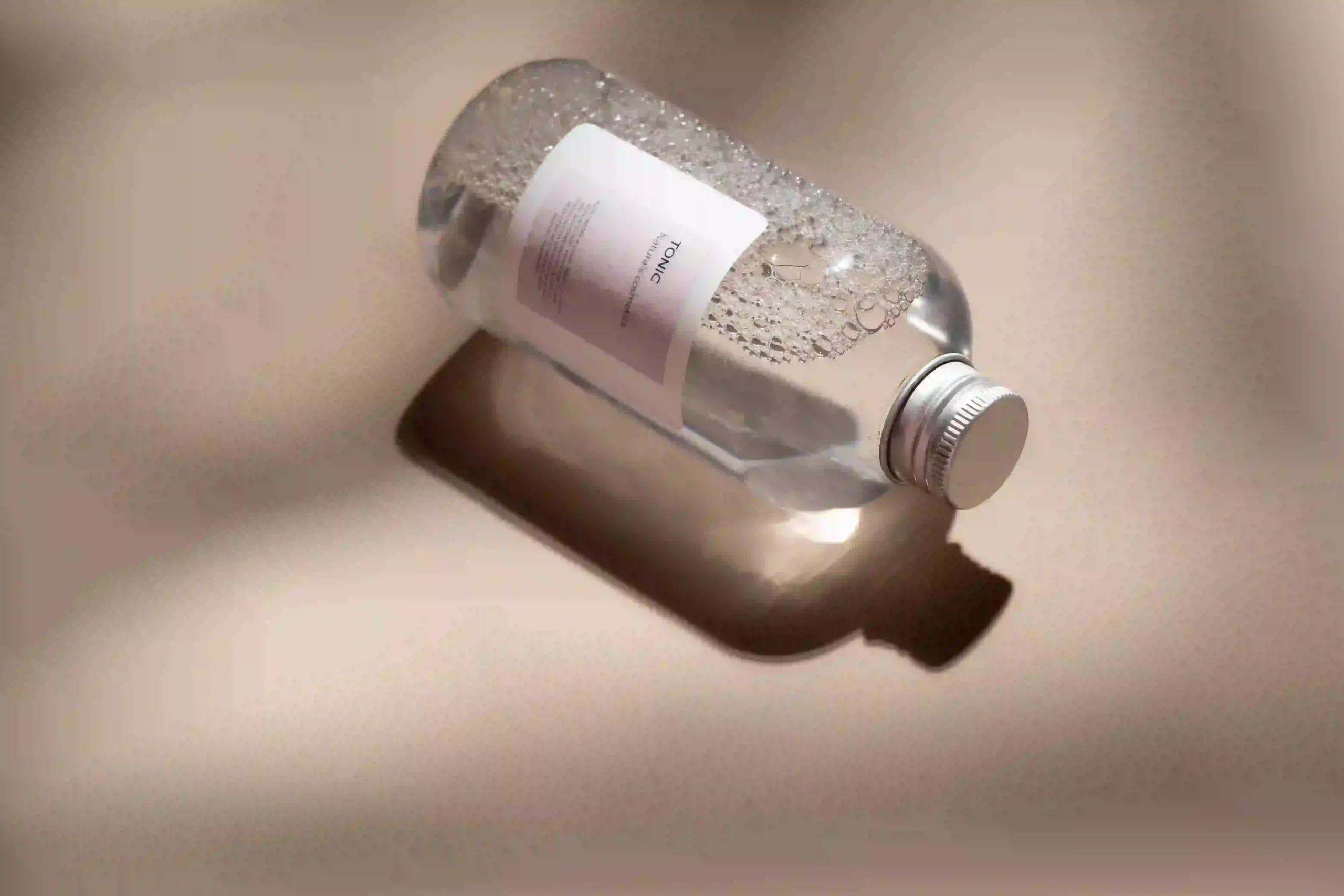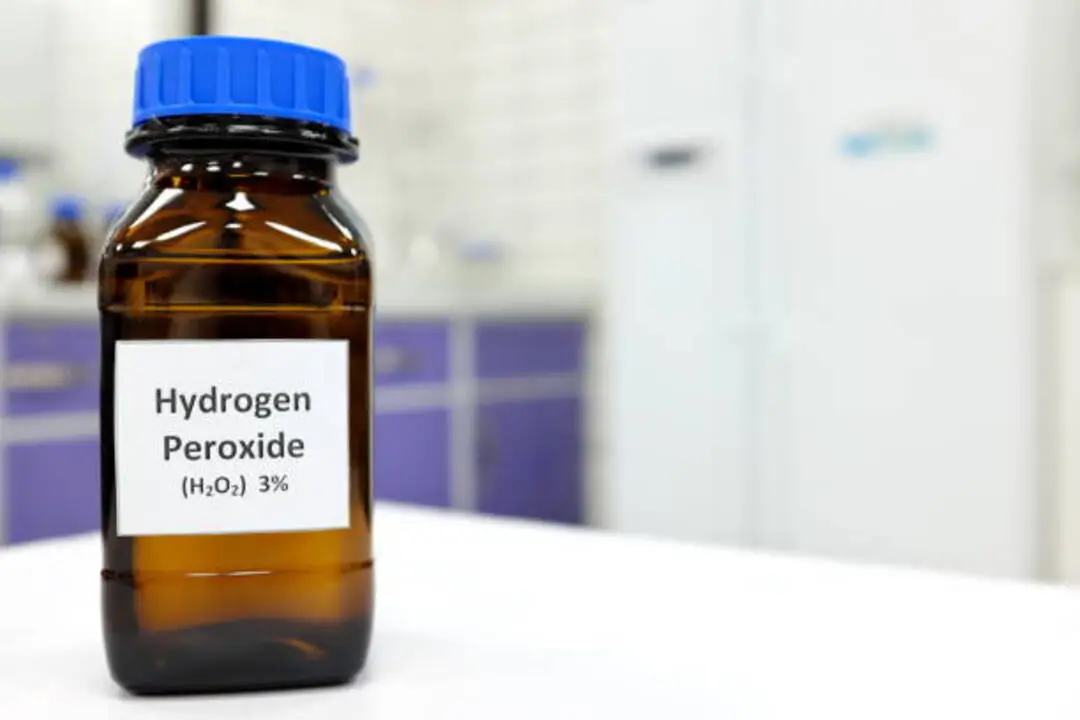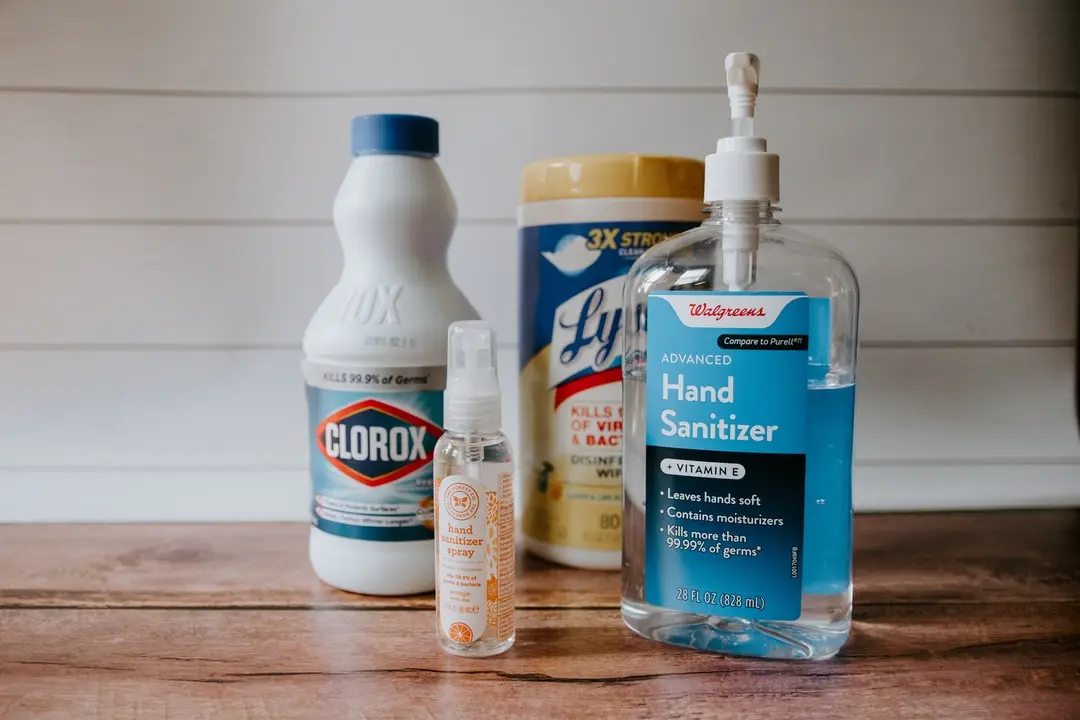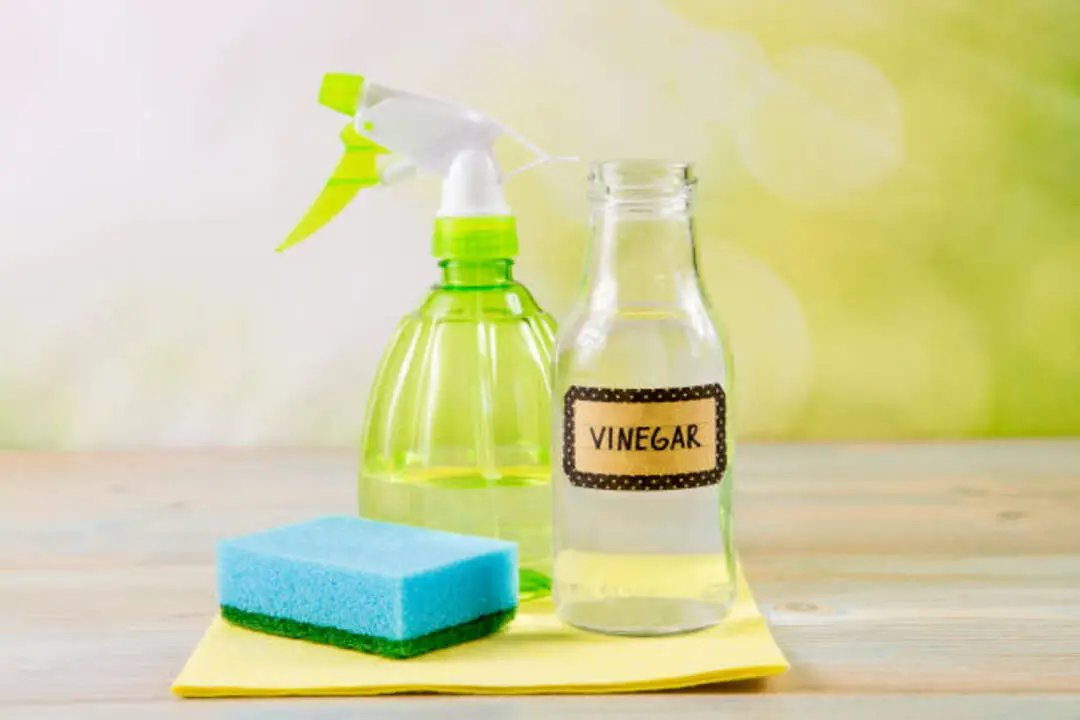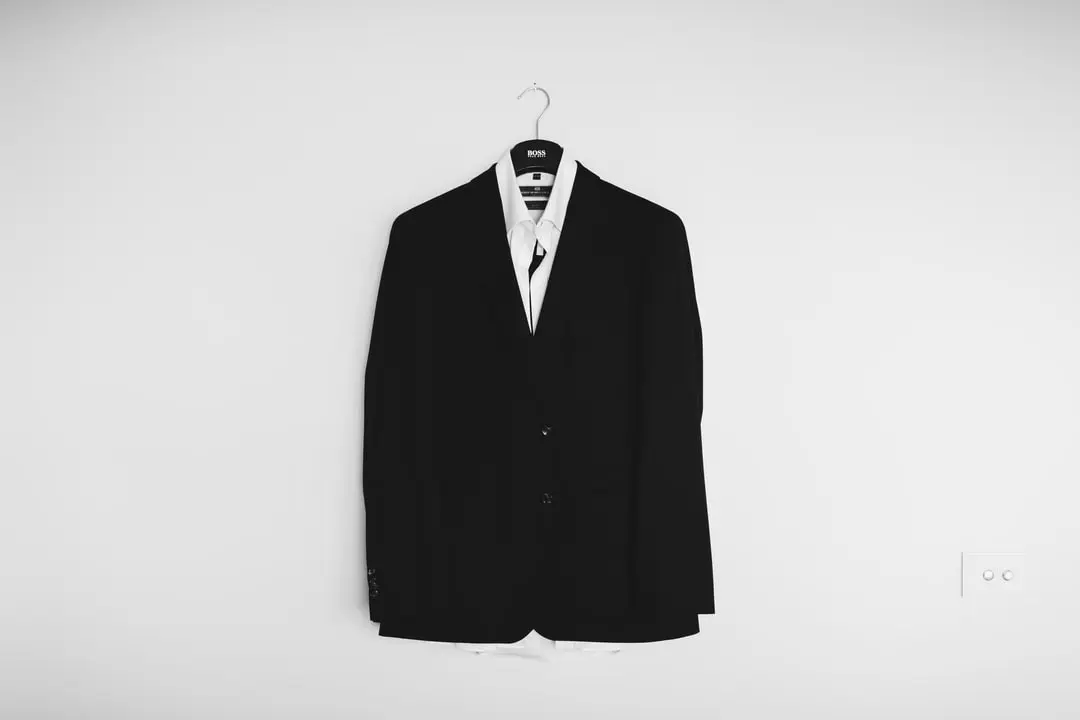You may want to wash clothes separately if you have shingles in order to reduce the spread of the virus to others. Clothes that have been in contact with your skin should be washed as soon as possible and dried in a warm, dry place.
If you are worried about contracting shingles, it is best to avoid close contact with people who have the virus. To avoid the spread of the virus, remove any clothing that may have been in contact with the rash and wash it in hot water with soap.
If you cannot take care of the clothes yourself, consider asking a family member or friend to do so for you. You should also avoid close contact with others until the rash has healed.
In this article, we will guide you on how to wash your clothes if you have shingles to avoid the risk of spreading the shingles virus.
What Is Shingles and Is It Contagious?

Shingle is a painful rash that can appear on any part of the body. It’s caused by the Zoster virus, which is spread through direct contact with the open sores of someone with shingles. Although shingles are usually a nasty skin rash, it’s not always contagious. Only about 1 in 20 people who get shingles will spread the virus to others.
Shingles can only be spread to those who have never had chickenpox before. This is because shingles are the reawakening of the chickenpox virus. If someone who has never had chickenpox before is affected, they will only get chickenpox and not shingles.
If you think you may have contracted shingles, get vaccinated against the virus as soon as possible. You can also take steps to reduce your risk of getting infected, such as avoiding direct contact with people who have shingles or direct contact with the fluid from shingles sores. If you do contract shingles, go for antiviral medications to help fight the infection and relieve your symptoms.
Can Shingles Be Spread Through Laundry?

Shingles can be transmitted through contact with the blisters that form on the skin. You may also be at risk if you have close contact with someone who has shingles. Also, direct touching of the affected person’s clothing, towels, bedding, or anything that might have touched their shingles can transmit the virus.
Practically, a study has shown that shingles can be transmitted by washing contaminated clothes with uncontaminated clothes together. The study has shown that the clothes were washed only in the traditional way without any special treatment to the clothing, which led to the spread of the virus.
Scientifically, it is not clear whether laundry can spread shingles. Studies have found that shingles can be spread through contact with infected clothing, towels, sheets, and other things. However, no study has found a link between laundry and shingles transmission.
However, if you have shingles, you may want to consider washing your clothes separately in order to avoid any possible risks. Shingle is a virus that can cause blisters on the skin. Washing clothes that have shingles separately can help to avoid any potential exposures.
How Does The Shingles Virus Settle On Clothes?

The shingles virus can settle on clothes in two ways. One way is that if a person who has shingles wears clothing, the fluid from the worn of the shingles settles on the person’s clothing, and direct touching of this clothing can spread the virus.
The other way is that the virus can settle on clothes through contact with an infected person’s saliva, mucus, or sweat, which is why it is important to avoid close contact with people who have shingles.
In either case, it is important to wash clothes that have been worn by someone who has shingles carefully and separately in order to avoid spreading the virus.
How Long Can the Shingle Virus Be on Clothes?
The virus can remain on clothes for up to 2–24 hours depending on the environment, so it is best to avoid contact with clothes until they are properly washed. The shingles virus can live in the air for just a few hours.
Once someone is affected by the virus, it takes up to 2–3 weeks for the rashes to surface on the skin of the person. During this period, the virus is not contagious since the rushes have not surfaced yet.
However, washing contaminated clothes in hot water and using a laundry detergent that contains bleach can help remove the virus.
Can Washing Clothes Kill the Shingle Virus?

When someone has shingles, the skin can be very painful and inflamed, and when the virus attacks the nerve root, it can have long-term effects. Fortunately for us, there is a shingles vaccine that you can take in order to get rid of the virus. How then do you remove the infection from your clothing?
Washing contaminated clothes in hot water with a laundry detergent that contains bleach can help kill the virus. It is important to remember that the virus can still be present on the surface of the clothes after you wash them. It is best to dry your clothes immediately after you wash them to completely eliminate the virus from your clothes.
However, to help reduce the chances of spreading the shingles virus, it is important to wash clothes separately if you have shingles. By doing this, you will reduce the amount of contact other people around you have with the virus.
How Do You Wash Clothes Separately if You Have Shingles?

It is important to wash clothes separately if you have shingles to avoid spreading the virus. Washing clothes in hot water and using any laundry detergent will help to kill any viruses that may be on the clothing. You can also use bleach or laundry detergent that contains bleach to wash the clothes if you feel that the virus is still present. There are two ways you can wash clothes separately if you have shingles.
1. By Hand
Some people believe that washing clothes by hand is a waste of time and doesn’t get the clothes cleaned, but the fact is that hand washing your clothes is as effective as washing them in the washer if you do it right.
There are so many reasons why you may choose to wash your clothes by hand; either you don’t have access to a washer, you want to save energy, save water, etc. Here’s how to hand wash your clothes properly.
The items you’ll need:
1. Hot water
2. A laundry detergent and bleach or a laundry detergent that contains bleach
3. A bucket, sink, or container.
4. Gloves
5. A clothesline to air dry
The Procedure:
1. Make sure you have separated the contaminated clothes from the uncontaminated clothes.
2. Fetch enough water that can cover your clothes.
3. Put the water on fire and allow it to heat up to at least 60-70 degrees Celsius. Do not allow the water to boil, or else you may damage your clothes.
4. Pour the hot water into a bucket, sink, or any container.
5. Add a small amount of any laundry detergent to the hot water, but any laundry detergent that contains bleach is recommended to help kill more of the virus.
6. Add the contaminated clothes to the solution. Make sure it is fully submerged in the water and allow the clothes to soak in the water for 15-20 minutes.
7. Put on your glove to avoid contact with the clothes. Swirl the clothes around to help remove more stains and to kill the virus.
8. If there are still stains on the clothes, rub the stained parts of the clothes with your hands or use a soft brush to help remove the tough stains.
9. Once you are satisfied with the result, remove the clothes and gently squeeze the clothes to remove excess water.
10. Rinse the clothes in warm water and hang them in the sun to dry or dry them in the dryer on low heat.
2. By Washing Machine
Washing infected clothes in the washing machine can limit your interaction with the clothes. As always, separate the infected clothes from the uninfected clothes. Here’s how to wash clothes separately if you have shingles using a washing machine.
Items you’ll need:
1. washing machine
2. Bleach
3. Laundry detergent
The Procedure:
1. Fill the washer with water and add your clothes to it.
2. Add your laundry detergent to the detergent dispenser and your bleach to the bleach dispenser.
3. Select the hottest water temperature on the washer or set the water temperature to about 60 degrees Celsius.
4. Select the longest wash cycle on the machine and press the Start/Pause button.
5. Allow the machine to run its complete wash cycle.
6. Rinse the clothes in warm water and hang them in the sun to dry, or use a dryer on low heat.
What to Do if You Have Already Washed Uninfected Clothes with Clothes That Are Contaminated with Shingles

It is important to wash clothes separately If you have shingles to avoid spreading the disease to other people. You should also avoid close contact with people who have shingles and wash your hands often.
If you have already washed uninfected clothes with contaminated clothes, you can treat them by washing them again in hot water and detergent, then drying them in the sun or using a dryer on low heat. You can also use bleach or laundry detergent that contains bleach to treat the clothes again.
By doing this, you stand a high chance of eliminating the virus that might have transferred to the uninfected clothes. Hot water and bleach are highly recommended to kill the virus present in the clothes. Make sure to wash contaminated clothes in hot water and bleach all the time until you are fine.
Check out our blog for more articles on keeping yourself and your surroundings clean!
Conclusion and final thoughts 💭
It is important to realize that you should wash clothes separately if you have shingles because the virus can be spread through contact with the fluid from the lesions on your skin. There are special detergents and laundering methods that are designed to prevent the spread of shingles, so it is best to follow the guidelines in this article if you think you may be at risk.
Any contaminated clothes should be washed separately in hot water using detergent and bleach to help kill the virus. Thank You For Your Time!
